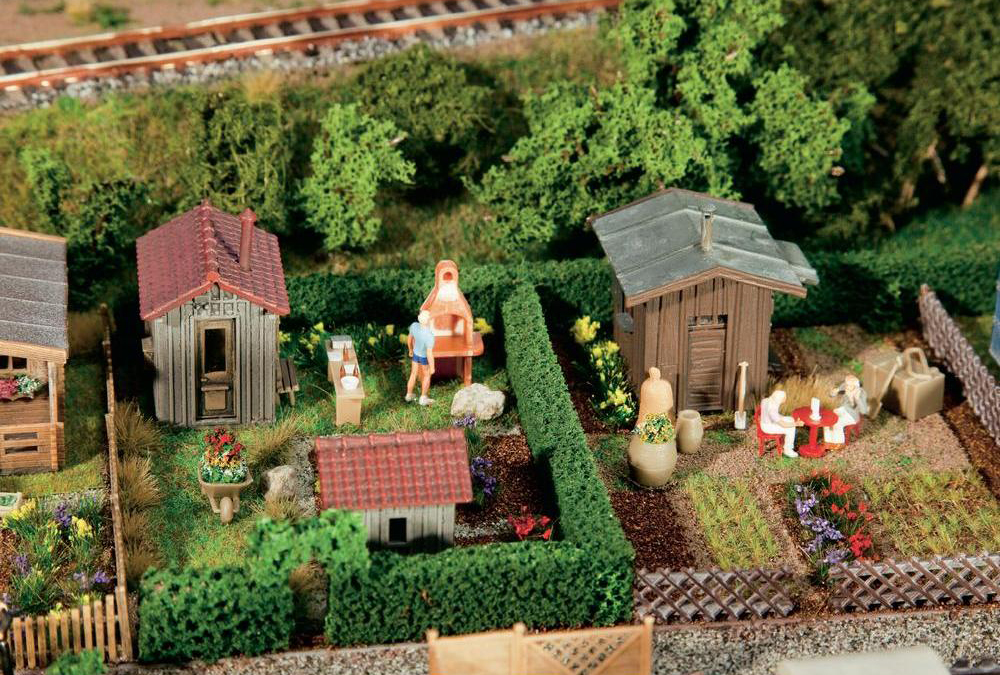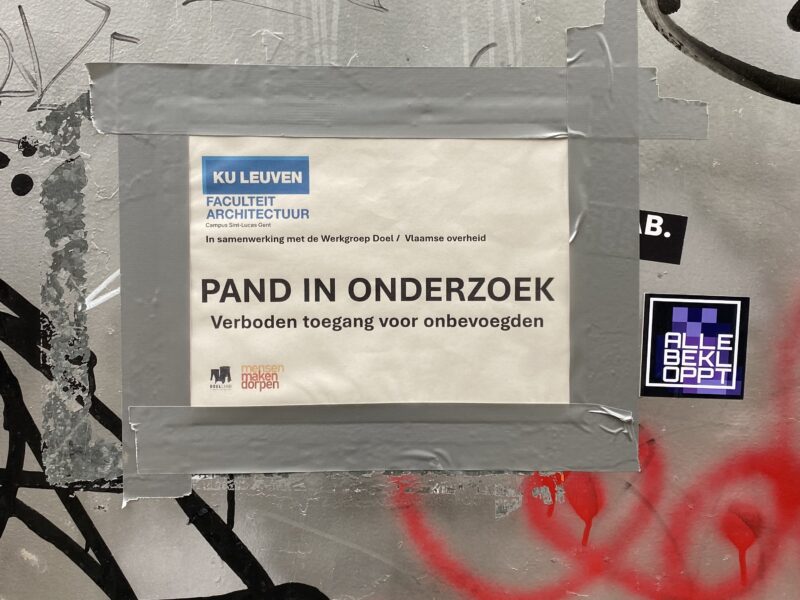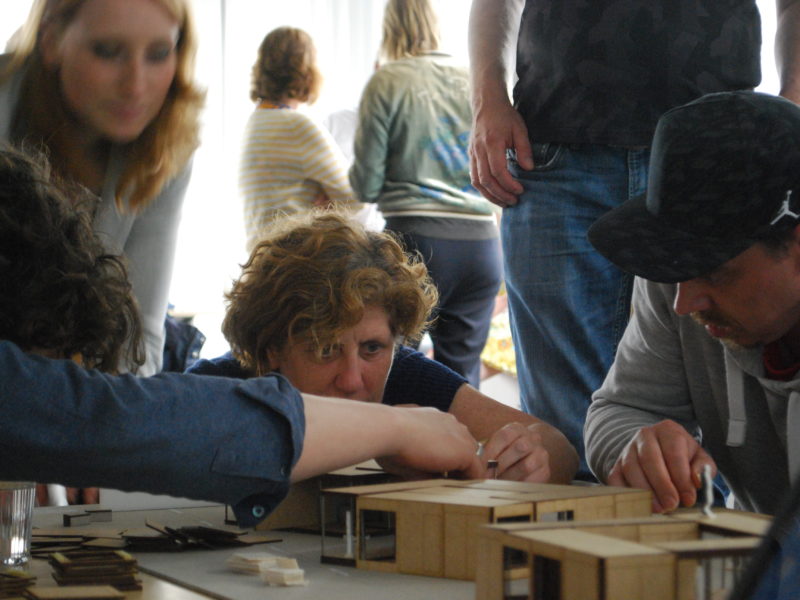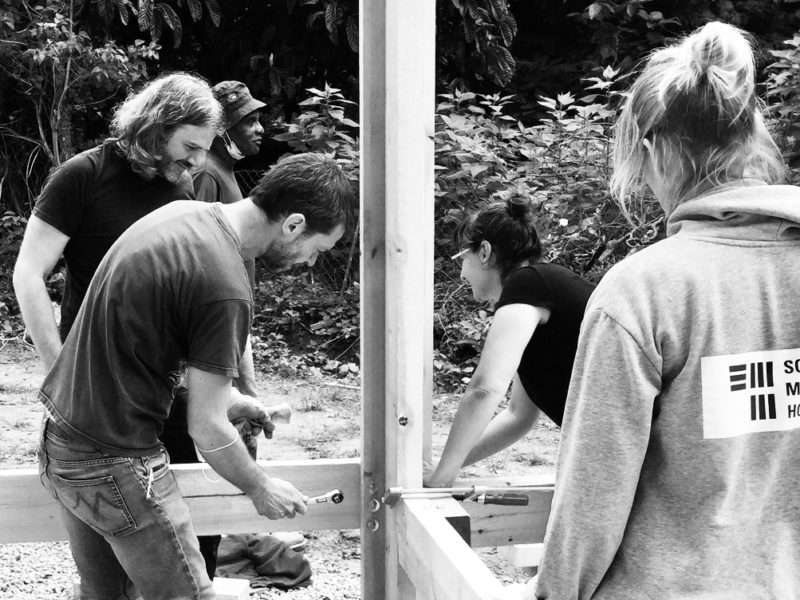In this research project, together with Geert Meysmans and David Verhoestraete, I investigated to what extent (semi-)private green spaces could play a greater role / be better validated in urban green plans.
The first step of this project involved a literature study aimed at drawing up an initial inventory of examples of semi-public, semi-private and private green spaces based on the criteria of ownership, management and use. From this, it became clear that to answer the research question, further exploration was needed. Therefore, the collected examples were divided into a series of more workable semi-private green categories (= ‘kijkGROEN’, ‘tuindelen’, ‘paardENweides’, ‘brede boerderijen en buurderijen’, ‘CSA’, ‘stadslandbouw’, ‘knooperven’, ‘gezondheidslandschappen’, ‘natuur-woon-gebieden’, ‘institutionele tuinen’, ‘volkstuinen’, ‘gemeenschaps(moes)tuinen’, ‘resttuintjes’, ‘publieke parken in privaat beheer’, ‘private publieke parken’, ‘trage wegen’, ‘pop-up parken’, ‘tijdelijke parken en werf-tuinen’ en ‘tijdelijke natuur’), which were then ordered using a matrix including the additional criteria ‘frequency of public accessibility’ and ‘planological anchoring’.
This matrix formed the basis for the formulation of two strategies to be applied to use different types of (semi-)private green space to strengthen urban green and bleu networks:
- (1) increasing public accessibility (for categories that make a high contribution to the green stock of the city, but for which the frequency of public accessibility is currently low) and
- (2) improving the planological anchoring (for categories whose contribution is currently limited but for which the frequency of public accessibility is high).
Subsequently, we examined how each of these strategies could be implemented in practice. We concluded that (semi-)private green categories that need to be addressed according to the first strategy can (depending on the type) be promoted, encouraged, or enforced. And that semi-private green categories to be addressed according to the second strategy can be facilitated and stimulated or developed into concepts that can be included in urban green plans and/or visions.
As the second strategy can be applied to the categories: ‘community (kitchen) gardens’, ‘institutional gardens’, ‘visual green’ and ‘residual gardens’, these seem to be the most promising in the context of the research question at hand. Therefore, using more in-depth case studies, we investigated each of these categories in more detail. Our aims were to understand how these are structured today and what the strengths, weaknesses, opportunities, and threats are in this context.
Based on this analysis, we ultimately formulated specific (policy) recommendations for each of these categories, focussing on how these could be inclusion in urban green plans and/or visions.
Type of project:
research project commissioned by Agentschap voor Natuur en Bos (ANB)
Location:
Flanders & the Brussels-Capital Region
Date:
2014-2015
Project partners:
Erasmus University College Brussels, Landscape Architecture Department; city of Antwerp & ANB
Role:
lead researcher



